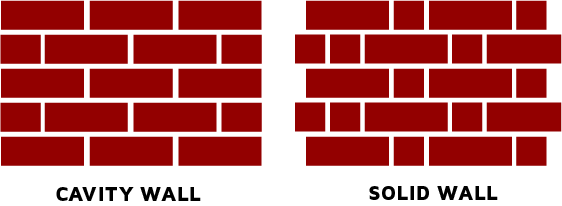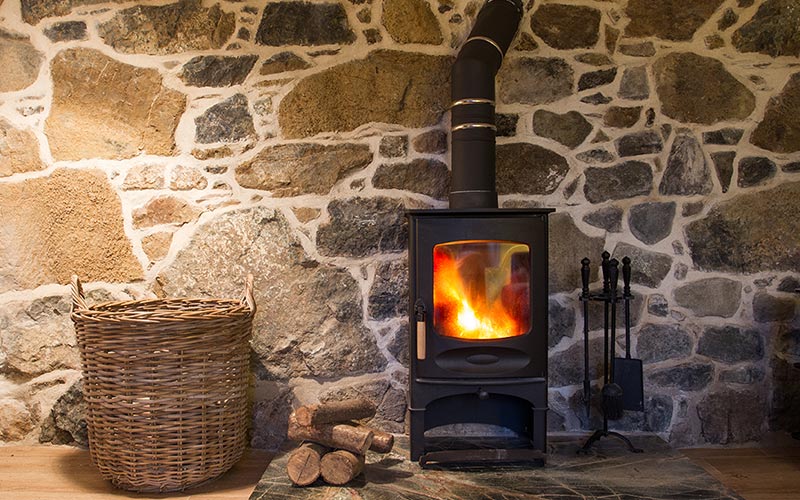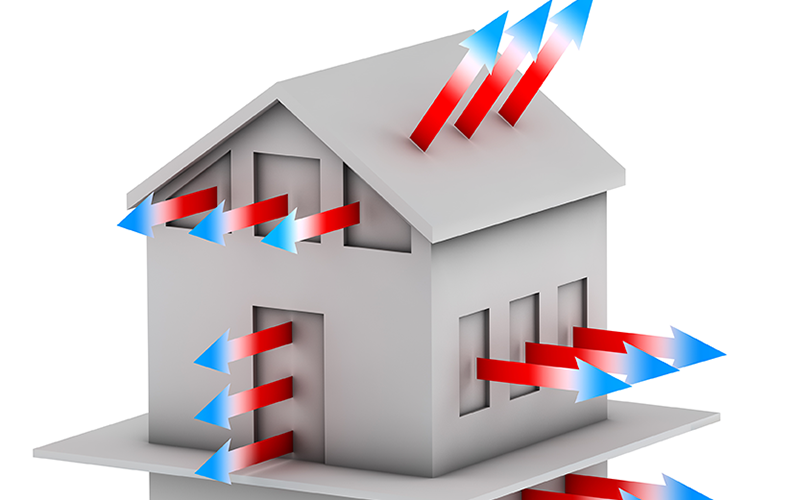Solid Wall Insulation Grants
Solid Wall insulation grants found for you by government grants
About 35% of all heat loss from UK homes takes place through external walls. Most homes built before 1920 have solid walls.
Here at Government Grants we offer a free service checking your eligibility for grants or local council funding schemes for solid wall insulation as well as stone wall. This applies to both tenants and home owners. With no initial obligation on your part, simply complete the form below to find out your eligibility.

Solid Wall insulation grants found for you by government grants
About 35% of all heat loss from UK homes takes place through external walls. Most homes built before 1920 have solid walls.
Solid walls are usually notoriously bad for retaining heat, typically allowing twice as much heat to escape as cavity walls.
Solid walls can usually be insulated either by applying high density insulation material internally, externally or both.
If you’re unsure whether your walls have a cavity in them you can usually check by either looking at the pattern of bricks or by measuring the thickness of the walls next to a door or window:
If the thickness of the wall is 260mm or greater, the wall probably has a cavity.
If the brickwork is exposed, look at the brick pattern. If the bricks are all oblong, laid end-to-end then the wall is likely to have a cavity. If some of the bricks are laid with the square end facing, the wall is likely to be solid.
If the wall is stone, it is likely to be solid.
The Energy Saving Trust estimates that an annual saving of £460 is achieved on an average detached house in the UK.
Solid Wall Insulation Grants Enquiry Form
To see if you are eligible and apply for a grant, please complete the form below.
"*" indicates required fields


